Revell 1/72 Junkers F.13
This article is part of a series:
First flown on 25 June 1919, the F.13 was Junkers' first commercial aircraft and the world's first all-metal transport plane.
Typically for Junkers, it used a duralumin structure entirely covered with corrugated and stressed duralumin skin.
Behind the single engine was a semi-enclosed cockpit for the crew, roofed but without side glazing, whereas the passenger cabin was fully enclosed and heated, with windows and doors in the fuselage sides.
The type could be fitted with a variety of power plants, including Mercedes, BMW, Junkers and Armstrong Siddeley Puma liquid-cooled inline, but also Gnome-Rhône Jupiter and Pratt & Whitney Hornet air-cooled radials.
To overcome the restrictions imposed by the Inter-Allied Aeronautical Commission of Control, which banned the production of warplanes and of any aircraft in the period of 1921–2, Junkers picked up orders abroad from 1919 onward in Austria, Bolivia, Colombia, England, France, Italy, Japan, Poland, Republic of China, Soviet Union, Turkey and USA, with examples manufactured under license in both the USA and the Soviet Union.
Junkers set up its own airline to encourage the acquisition of the advanced plane by German airlines which was flying 60 of them by 1923. They also established a branch of this airline in Iran.
In total, 322 planes were manufactured, an exceptionally large number for a commercial airliner of the era and were operated all over the globe. It remained in production for thirteen years and in commercial service for more than thirty, the last of them retiring in Brazil in 1951.
A German-Swiss project to build a reconstruction of the F.13 was launched in 2009 and the first example flew in 2016. The reconstruction is equipped with radio and transponder and uses a 1930s Pratt & Whitney R-985 Wasp Junior engine, but is otherwise very close to the original. Additional reconstructions are to be sold for $2.5 million apiece.
The kit was build as a participant to our little "First and Last" group.
Revell has to be congratulated, not only for coming up with a mainstream representation of this important plane, but also for providing a very good kit, which, in its more recent reissues, sports fresher decals that will conform to the famous corrugated surface with the aid of strong softening solutions.
Should you wish to read the full build review, you might do so by visiting my beloved site Modelingmadnes:
https://modelingmadness.com/review/civil/airlines/prewar/penf13.htm
Happy Modelling!
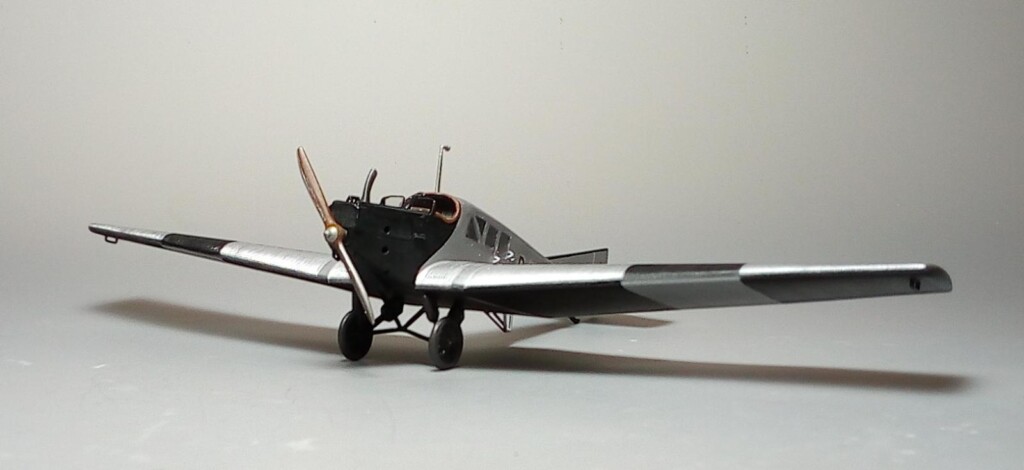
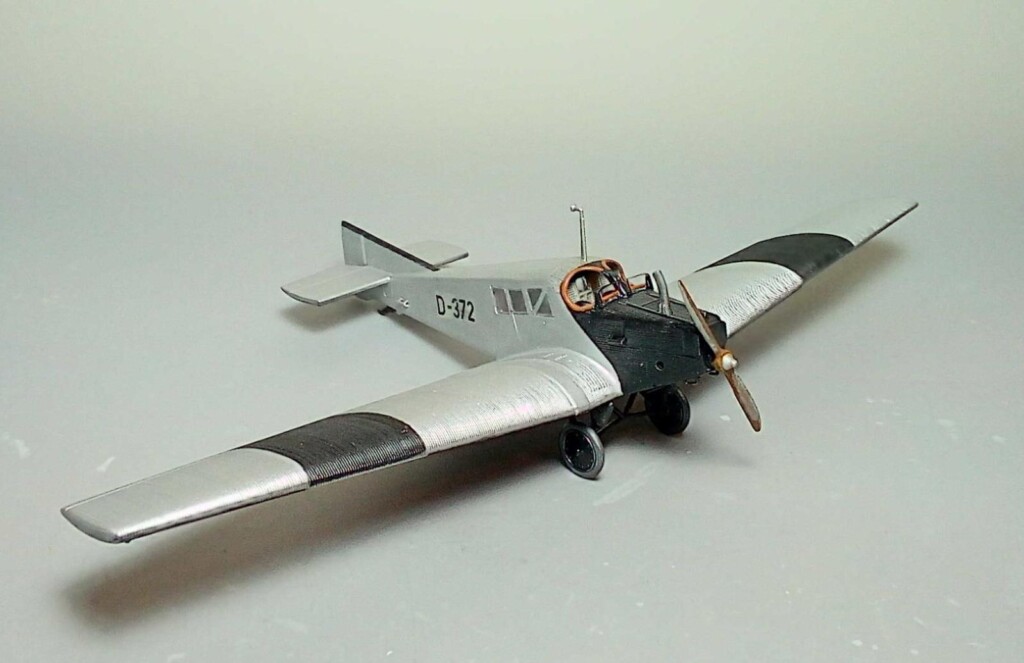
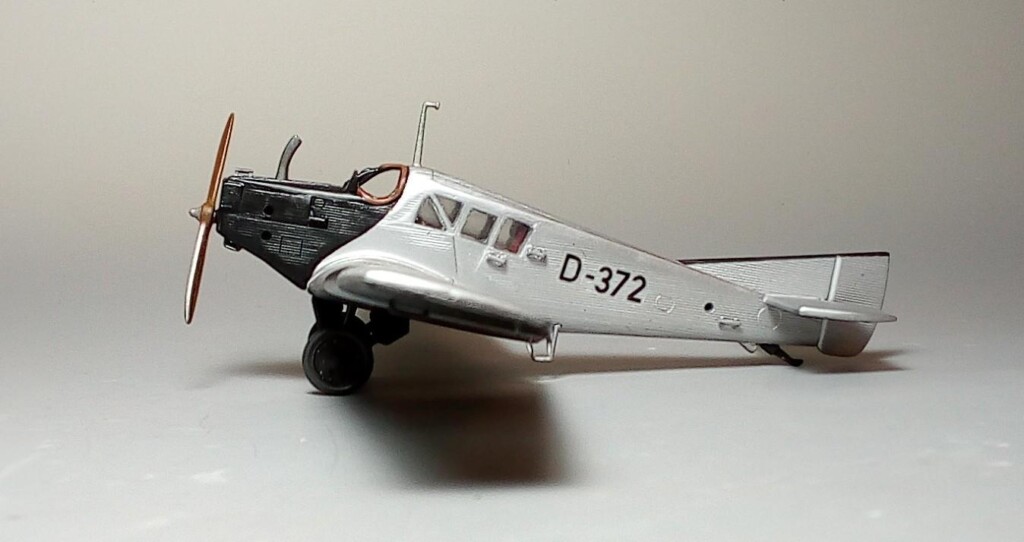
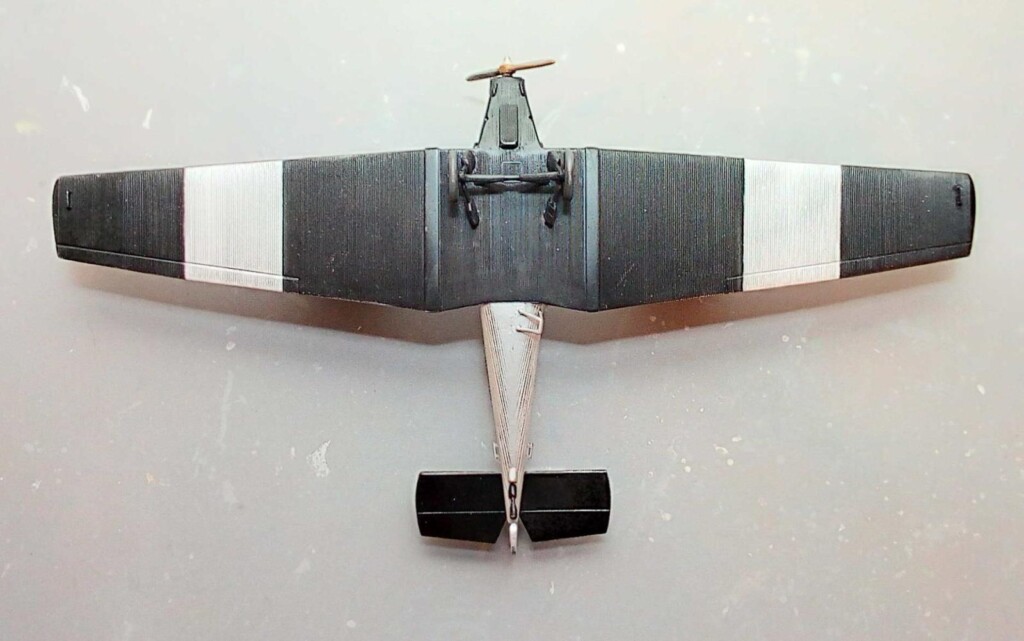
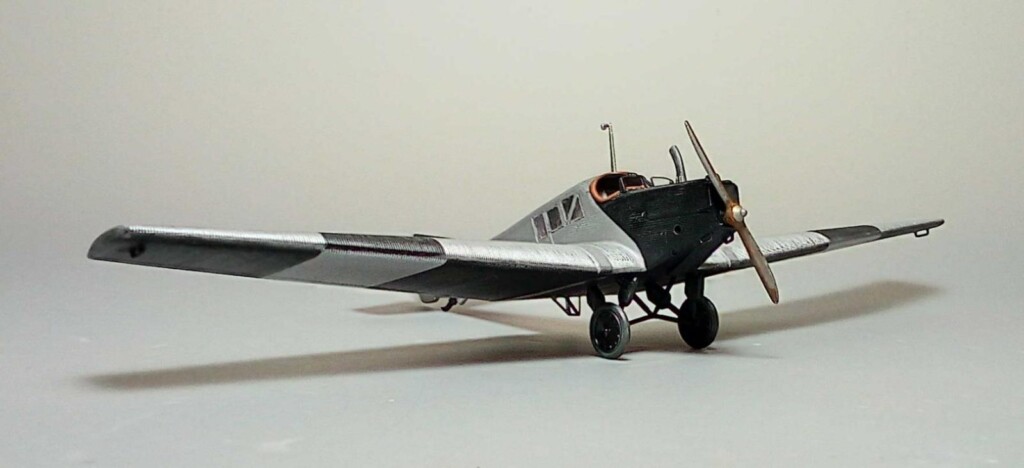
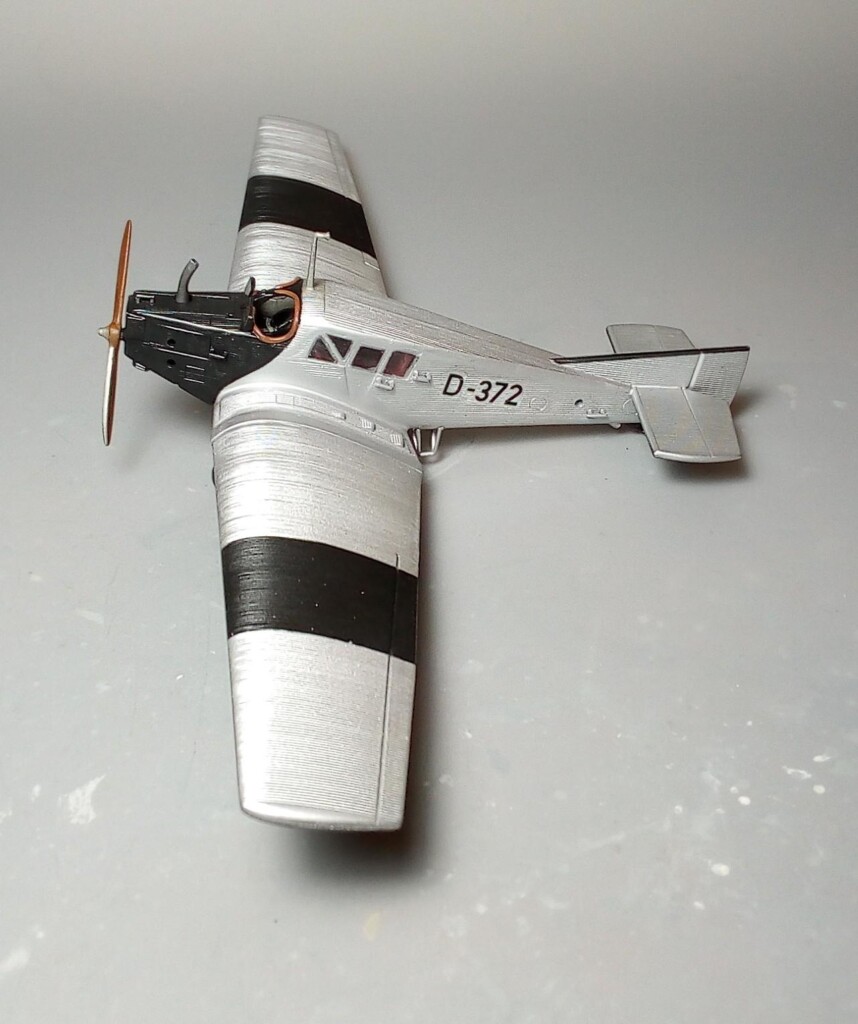
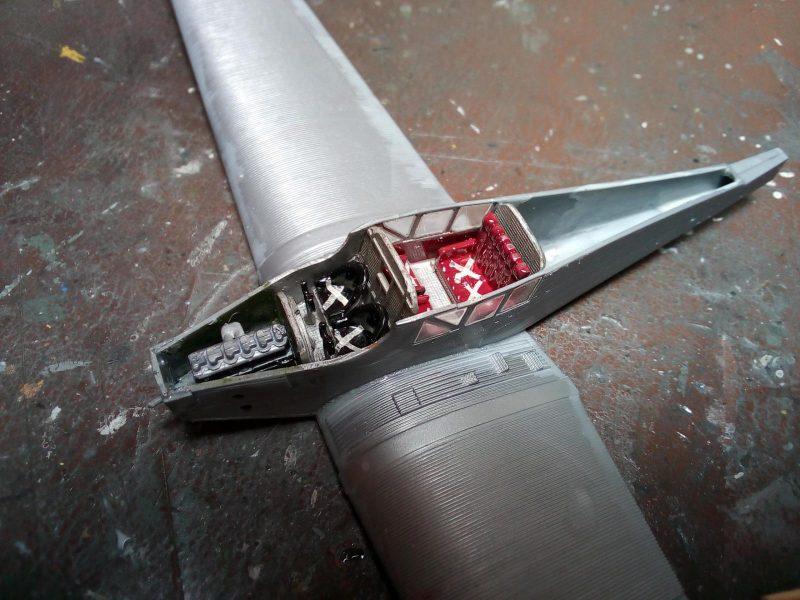
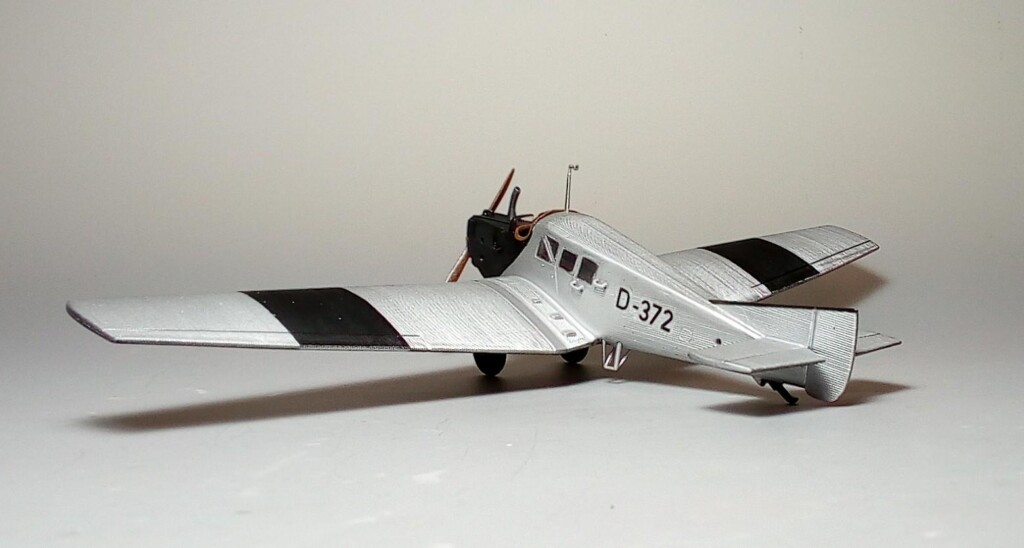
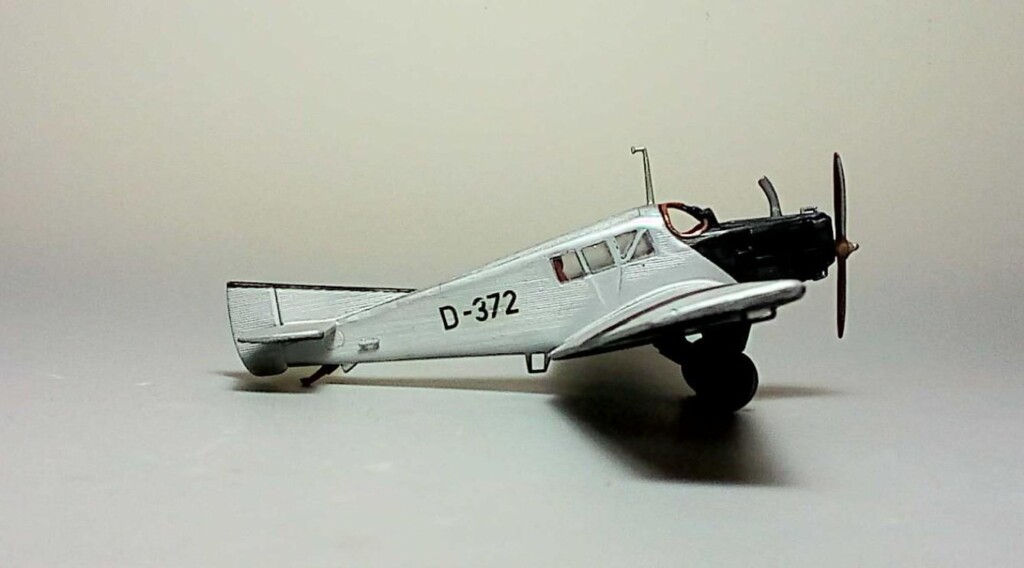
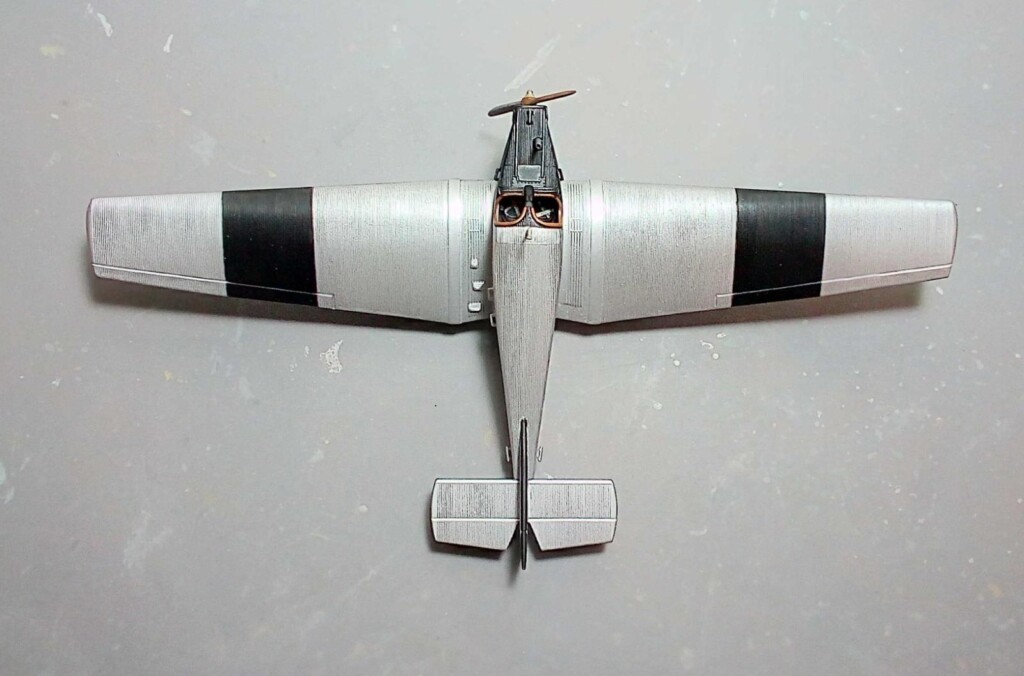
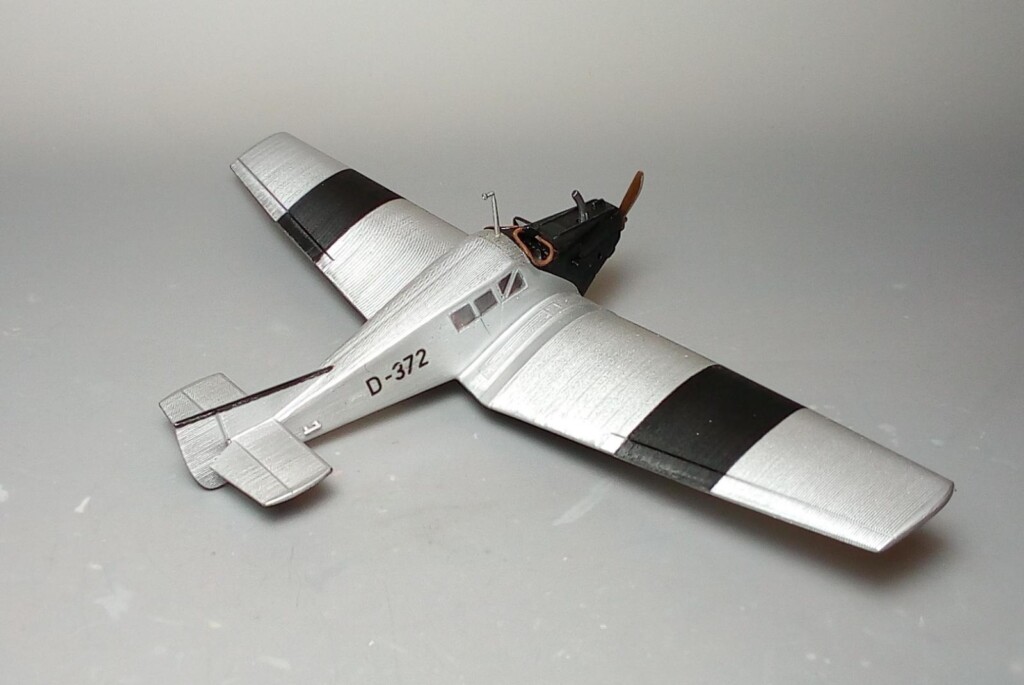
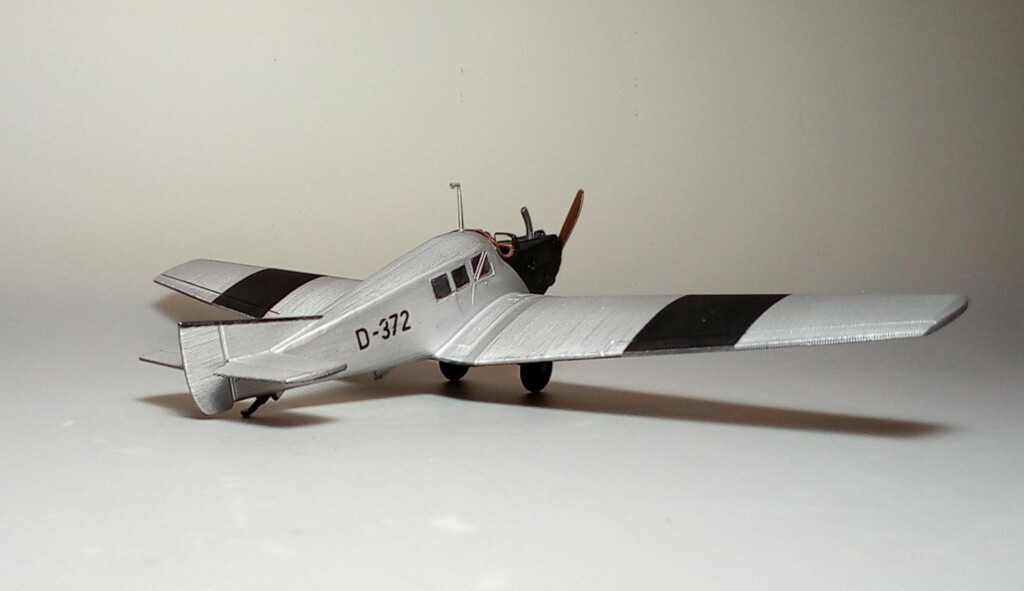
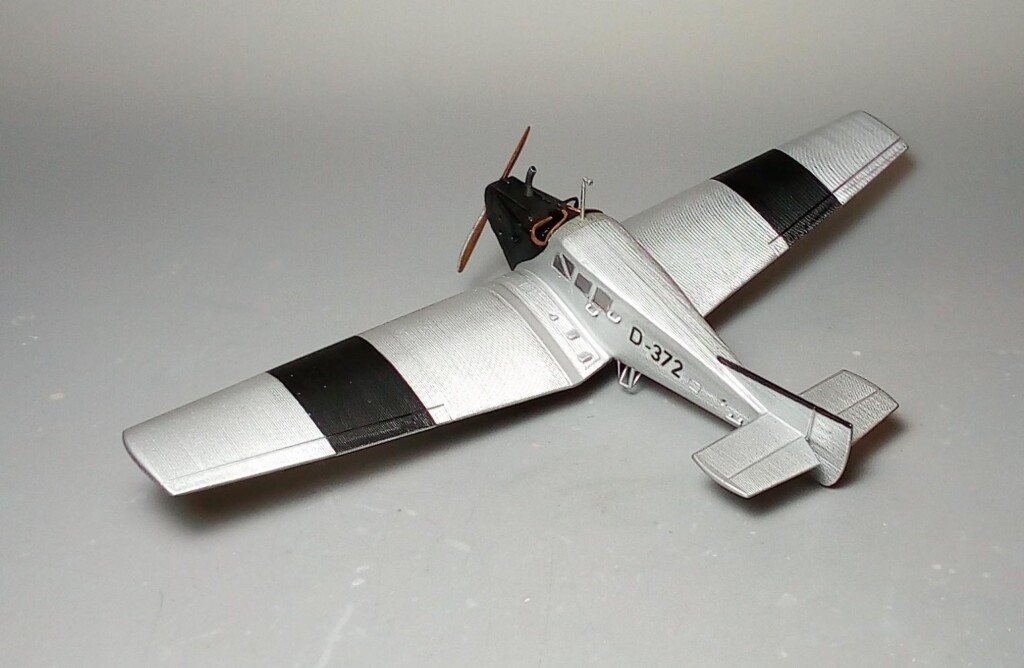
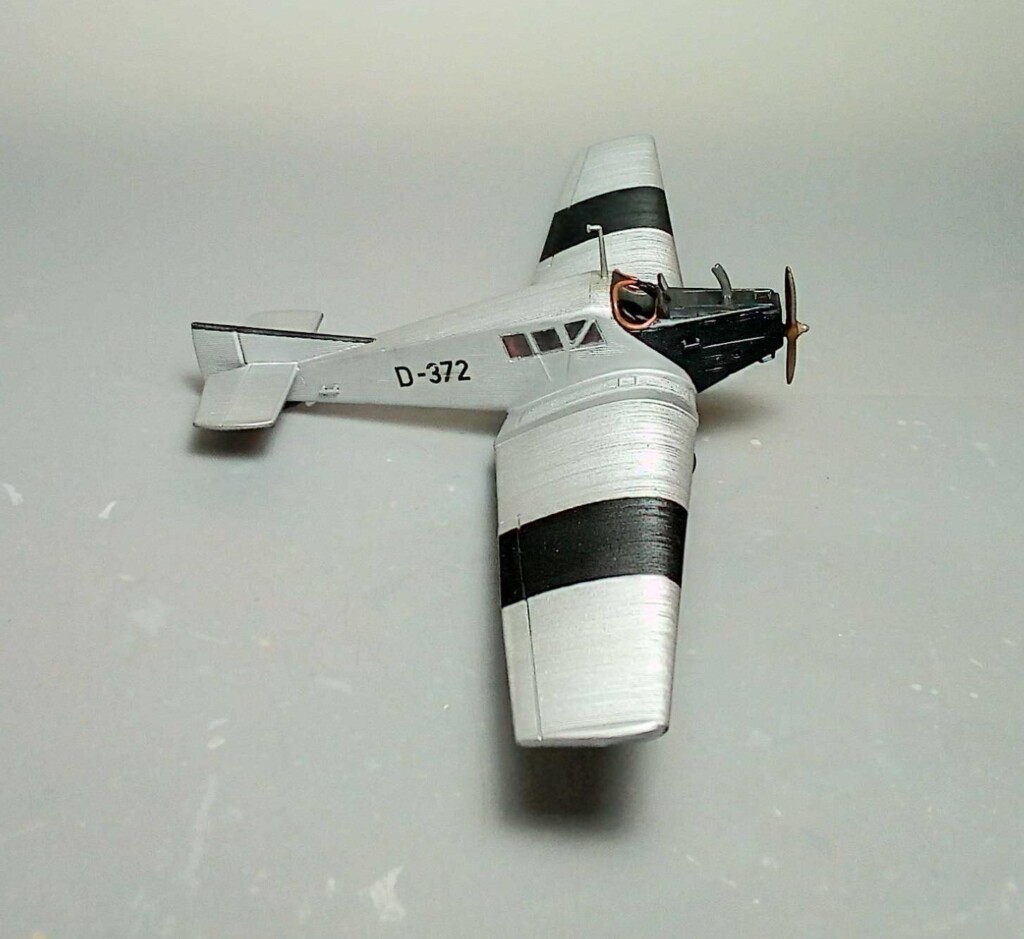

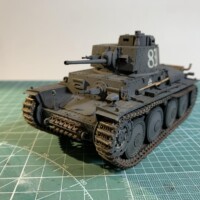
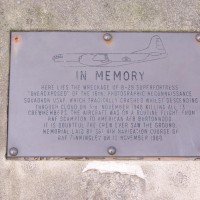

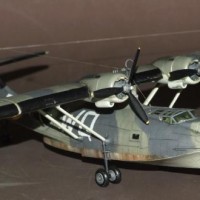
A neat model of what is an important plane in aviation history, Spiros, good work my friend.
Thanks my friend @chinesegeorge!
Can only imagine THIS machine flying in the still "flimsy biplane" 1919 era!
Those were the days!
Great build! Very funny Junkers 🙂 It's hard to believe that something with such a non-aerodynamic design could take off 🙂
Thanks my friend @lis!
Great build of a unique aircraft- well done!
Thanks my friend @dbutlr!
Very cool, Spiros (@fiveten). Well done on building a plane with corrugations in the skin. Several air forces used this plane. I have thought about buying this kit several times, but I worried about how the corrugations would impact the construction and the decals. It certainly looks like the ripples weren't a problem for you. Well done.
Thanks my friend @gblair!
Looking forward t yours!
Very nice! I don't know that I've ever run across this kit (or aircraft, for that matter).
Thanks my friend @gkittinger! It is a gem, emerging from the past glory days where Revell would surprise us at a constant rate by issuing mainstream kits of subjects we would not even dare dreaming of (Luft 46 stuff included)!
A great build, Spiros @fiveten. Excellent work done on this micro scale aircraft. Strange to see that in that era pilots were still in open air while the passengers travelled quite 'comfortable'.
Thanks my friend @johnb! Those were the days!
Hi John @johnb, cars of that era were similar, the chauffeur sat in the open air while the passengers had an enclosed roof.
Nice build and I very much enjoyed the cool history lesson! Thank you.
Thanks my friend @juan2six!
That is one interesting plane especially the crew’s open cockpit, Spiros @fiveten. Well done. I am unfamiliar with the term “horn balanced” for the control surfaces. What does that mean?
Thanks my friend @eb801!
The horn balance is a section of the control surface at the tip that extends forward of the hinge line. It extends outboard of the tip of the fixed surface the control surface rides on. Here is a horn-balanced elevator...
There are other types of balances too, each having its advantages and disadvantages
Got it! Thanks Spiros for the explanation and the diagram.
Although Spiros, I don't see any sign of this on your model !
Yes, it's true, my friend @kalamazoo! And I did not even tried to replicate it...
I always enjoy reading the Spiros experience in modeling. This kit proves that there are older kits that still hold there own in contemporary modeling. Can teach a little history and be fun.
Two thumbs up Spiros.
Thanks as always for all motivating words, my friend @stephen-w-towle!
Nice work Spiros. Thanks for sharing your work the bit of history behind it.
Thank you so much, my friend @dmeyers!
All of the above, my friend, looks great!
Thanks my friend @roofrat!
Nice job, Spiros.
Thanks my friend @gwskat!
Excellent work and fascinating detail on horn balances
Thanks my friend @christopher!
Excellent work on this @fiveten. A great result.
Thanks my friend @tcinla!
Great build and a very interesting plane. Nice job on the overall finish.
Thanks my friend @v1pro!
Here's a reconstructed F.13 that I saw at Oshkosh this year.
1 attached image. Click to enlarge.
Amazing pic, Jerry @jdr986!
The F.13 looks pristine!
Great work , Spiros. Also, nice write-up on the MM Website.
I also wasn't sure about the term 'horn balanced' - and now I do.
Thanks my friend @georgeswork!
I’ve learned a lot reading through this, Spiros @fiveten.
Another brilliant Junkers!
Thanks my friend @yellow10!
A very interesting aircraft and a fine build, Spiros @fiveten. It must be quite tiny in 1/72. The quality of the detail makes it look 1/48. I have wanted to do its big brother and successor the W.34 as a Canadian Airways bush plane ever since I saw a real one in the Canadian Aviation and Space Museum.
Also in 1/72 from Special Hobby, impressed into RAAF sevice from Guinea Airways in early 1942.
1 attached image. Click to enlarge.
Thanks my friend @coling! Looking forward to your W.34!
Nicely built and presented Spiros.
Thanks my friend @kalamazoo!
Blink around here and you miss stuff
Nice work sir. I keep looking at the size of the wings on this...the real one must have been able to take off by itself in a five mile an hour breeze
Thanks my friend @markh!
A duralumin flying kite in 1919: that must have been a sight to remember...